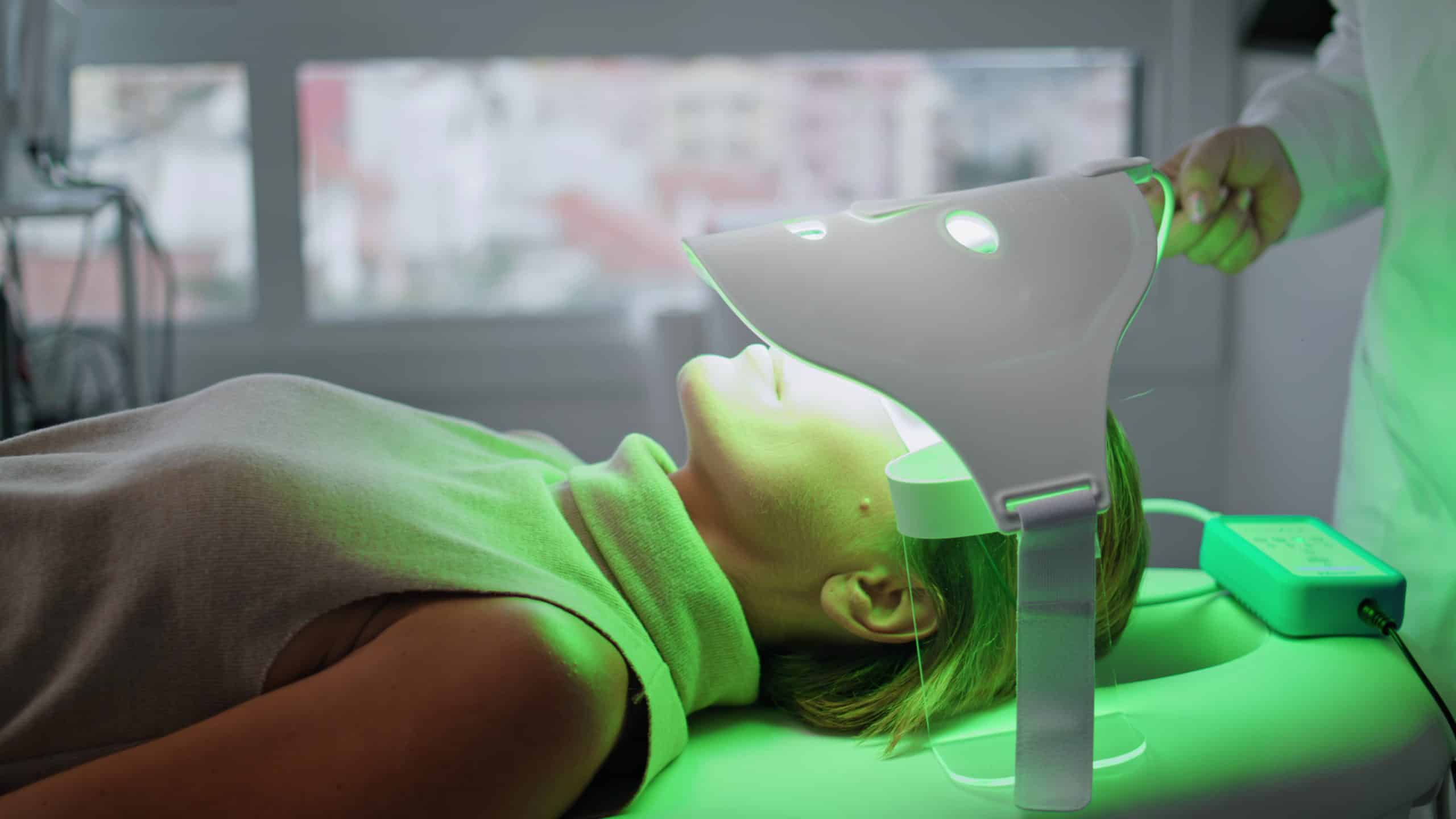Can Intentional Daylight Exposure Help Regulate Circadian Rhythms in Night Shift Workers?

The human body operates on a carefully calibrated internal clock known as the circadian rhythm. This rhythm determines when we sleep and wake, and it’s influenced by various factors, most notably light. In our modern society, many of us have jobs that require us to work at night, disrupting our body’s natural rhythms. This situation can lead to a multitude of health conditions. How can we mitigate these effects? Recent studies suggest that intentional daylight exposure could help night shift workers regulate their circadian rhythms.
Understanding Circadian Rhythms
Our circadian rhythms, or internal body clocks, govern a host of physiological processes, including sleep-wake cycles, hormone release, eating habits, and digestion. These rhythms are primarily controlled by the hypothalamus, a small region at the base of the brain. However, external factors like lightness and darkness can also significantly impact these rhythms.
En parallèle : What Are the Best Approaches to Reduce Needle Phobia in Pediatric Patients?
When the sun sets and light levels drop, your eyes send a signal to the hypothalamus that it’s time to feel tired. The brain, in turn, sends a signal to your body to release melatonin, which makes you sleepy. When the sun rises and light levels increase, the process reverses, signaling your body to wake up.
However, working night shifts can severely disrupt these rhythms. You’re awake when your body is programmed to sleep and asleep when it’s programmed to wake up. As a result, your body’s internal clock and the external environment are out of sync. This mismatch can lead to a range of health conditions—from sleep disorders and mental health issues to chronic conditions like cardiovascular disease and cancer.
Sujet a lire : How Does Participation in Competitive eSports Affect Adolescent Social Skills Development?
The Impact of Night Shift Work on Health
Working night shifts and other non-traditional schedules can disrupt your circadian rhythm and lead to several health problems. Numerous studies have linked night shift work with various adverse health outcomes, including sleep disorders, cardiovascular disease, diabetes, obesity, and even certain forms of cancer.
When you’re awake at night and asleep during the day, your body’s internal clock is out of sync with the external environment. This mismatch can disrupt various bodily functions, from digestion to hormone regulation. For instance, the production of melatonin—a hormone that helps regulate sleep—is suppressed during night shifts, leading to sleep disturbances.
Moreover, other studies have indicated that night shift workers are at a higher risk of developing mental health conditions, including depression and anxiety. Over time, these health conditions can significantly undermine an individual’s quality of life.
Daylight Exposure as Potential Intervention
Intentional daylight exposure may offer an effective strategy to help night shift workers regulate their circadian rhythms. The idea is simple: expose yourself to natural daylight during your waking hours and avoid bright lights when it’s time to sleep.
A study published in the Journal of Clinical Sleep Medicine found that night shift nurses who were exposed to bright light during their shifts and wore sunglasses to block out morning light adjusted their circadian rhythms more effectively than those who did not. Thanks to such an intervention, these workers experienced improved sleep quality, decreased daytime sleepiness, improved mood, and overall better quality of life.
Daylight exposure can help shift the body’s internal clock or "phase shift" to better align with a worker’s sleep-wake schedule. This phase shift helps your body better understand when it’s time to be awake and when it’s time to sleep, despite your non-traditional work schedule.
Practical Steps for Night Shift Workers
So, how can you incorporate intentional daylight exposure into your routine if you’re a night shift worker? Here are some practical steps:
-
Get outside during the day: Aim to spend some time outside in natural daylight during your waking hours. Even a short walk during a break can help.
-
Maximize light exposure at work: If possible, try to work under bright lights.
-
Limit light exposure before bedtime: As your bedtime approaches, limit exposure to bright lights to help signal to your body that it’s time to sleep.
-
Consider using a light box: A light box can simulate sunlight and can be particularly useful for those living in regions with limited natural daylight.
-
Wear sunglasses after a night shift: If you’re coming home from a night shift and the sun’s already up, wear sunglasses to limit light exposure.
By implementing these strategies, you can better regulate your circadian rhythms, improve your sleep, and potentially mitigate the health risks associated with night shift work.
Despite the growing body of research, more studies are needed to further understand the impact of intentional daylight exposure on night shift workers. However, the current evidence suggests that it may be a feasible and effective way to help these workers manage their circadian rhythms and overall health.
Light Therapy for Shift Workers
Light therapy, another form of intentional light exposure, could also serve as a viable option to alleviate the effects of circadian rhythm disruption in night shift workers. Light therapy involves exposing oneself to a device that emits bright light, resembling natural outdoor light. This therapy is usually carried out during the day to treat seasonal affective disorder (SAD), delayed sleep phase disorder, and certain types of depression.
Among shift workers, light therapy could help realign the circadian rhythms with the altered sleep-wake schedule. A study from the National Library of Medicine’s PubMed database shows that night shift workers using light therapy experienced improvements in alertness during their shift, along with better sleep quality during the day. The treatment involves exposure to bright light during the night shift and minimizing light exposure during daytime sleep.
However, the use of light therapy should be done under the guidance of a healthcare professional. The timing and duration of light exposure need to be tailored to individual needs. Misuse of light therapy can lead to side effects like headaches, eyestrain, and sleep disturbances.
Conclusion: Embrace The Light, Protect Your Health
In conclusion, night shift work disrupts our body’s natural circadian rhythms, leading to various sleep disorders and chronic health conditions. However, intentional daylight exposure and light therapy show promise in helping shift workers regulate their circadian rhythms and safeguard their health.
Being proactive in adopting strategies such as getting outside during the day, wearing sunglasses post-shift, using a light box or undergoing light therapy, can help shift workers shift their internal clocks and sync with their atypical work schedule.
While the benefits of daylight exposure and light therapy are becoming increasingly evident, further research is needed to perfect these intervention strategies. But the current findings offer optimism for the health and well-being of the millions of people who work while the rest of the world sleeps.
Remember, the key to mitigating the health risks associated with night shift work lies in the simple act of embracing the light. With a little planning and commitment, it’s possible to improve sleep quality, boost mood, and enhance overall health and well-being.
As our understanding of circadian rhythms and their impact on health continues to evolve, it is becoming clear that it’s not just about "getting enough sleep." It’s about getting quality sleep at the right time. And in the case of night shift workers, it’s about taking control of the light to protect your health.
